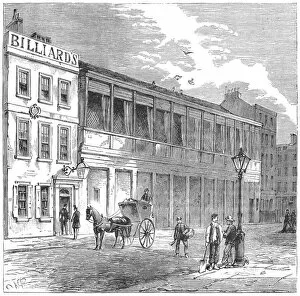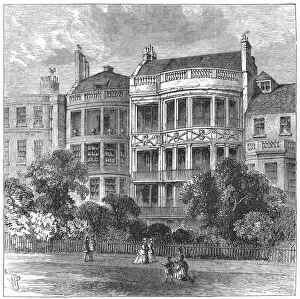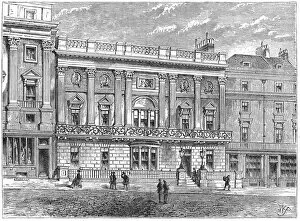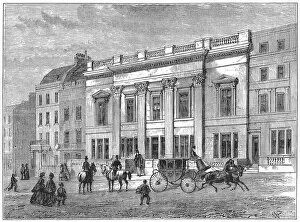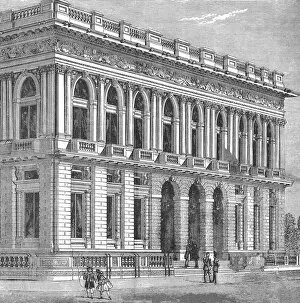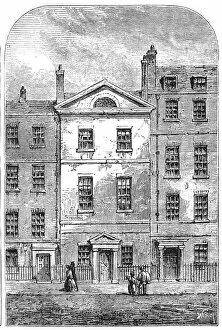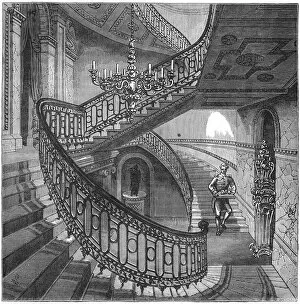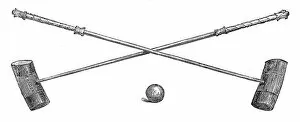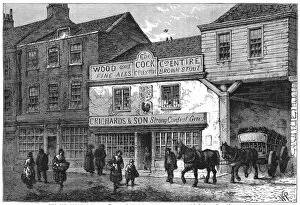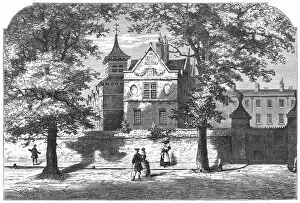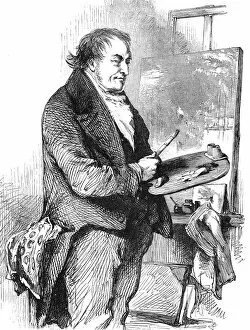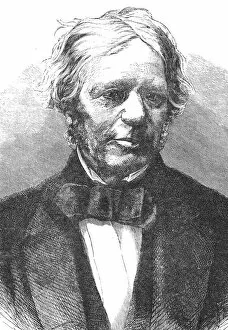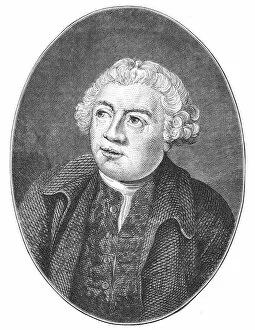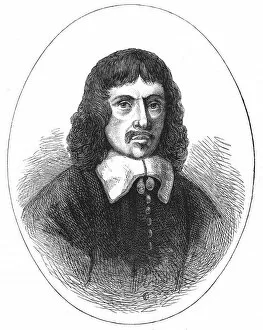1875 Collection (page 11)
In the year 1875, amidst a backdrop of significant events and notable figures, various industries thrived with their innovative tools and artistic creations
All Professionally Made to Order for Quick Shipping
In the year 1875, amidst a backdrop of significant events and notable figures, various industries thrived with their innovative tools and artistic creations. Carpentry and joinery craftsmen meticulously crafted intricate designs using their trusted tools, ensuring precision in every piece they created. Meanwhile, at Middle Temple Hall in London, barristers were called to the bar, marking a milestone in their legal careers. Amidst these developments, a visionary named Carl Gustav Jung was born in Switzerland's Reichenbach. Little did the world know that this brilliant mind would later revolutionize psychology with his theories on the collective unconscious and archetypes. Artists like Gustave Caillebotte captured scenes from everyday life through their masterful brushstrokes. In his painting "The Floor Planers, " he immortalized workers using planers - essential tools for smoothing surfaces during carpentry projects. Bookbinding also flourished during this era as skilled artisans utilized specialized tools to create beautifully bound volumes that would stand the test of time. These books became vessels of knowledge and imagination for generations to come. Meanwhile, Aleister Crowley made his mark on history as an influential occultist and writer. His enigmatic persona intrigued many while challenging societal norms. Shoemakers diligently employed various tools to fashion footwear that combined both style and comfort. Each tool had its purpose - stitching needles ensured durability while leather cutters shaped materials into elegant forms. In the realm of artistry, Jean-Baptiste-Camille Corot's masterpiece "Ville-d Avray" showcased nature's serene beauty through delicate brushwork on canvas. This French artist left an indelible mark on the art world before his passing in 1875. Even forensic science witnessed advancements during this period as fingerprint types from centuries past were studied further for identification purposes – paving the way for modern criminal investigations.


